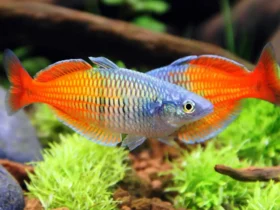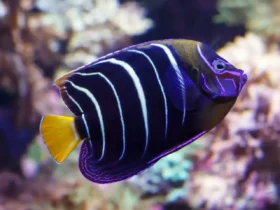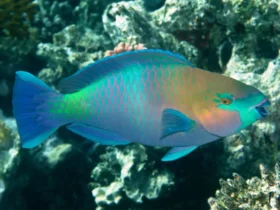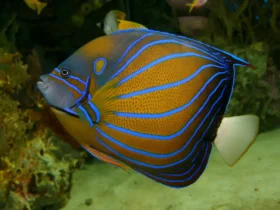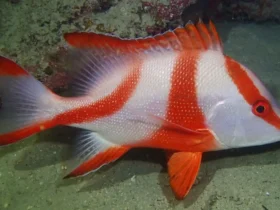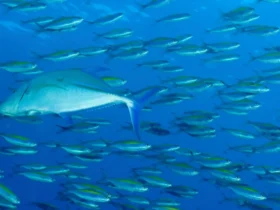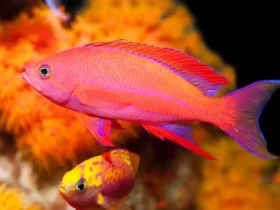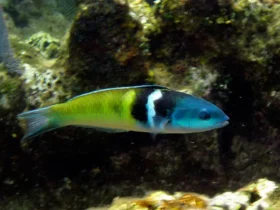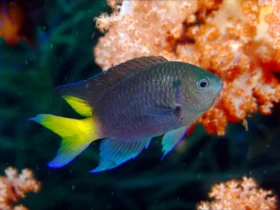In the lush rivers and lakes of South America, a formidable predator reigns supreme – the Peacock Bass. With its vibrant colors, impressive size, and ferocious hunting prowess, this fish captures the attention of anglers and nature enthusiasts worldwide. Join us as we dive into the captivating world of the Peacock Bass, exploring its appearance, behavior, habitat, and the thrill it brings to freshwater fishing.
Peacock Bass images
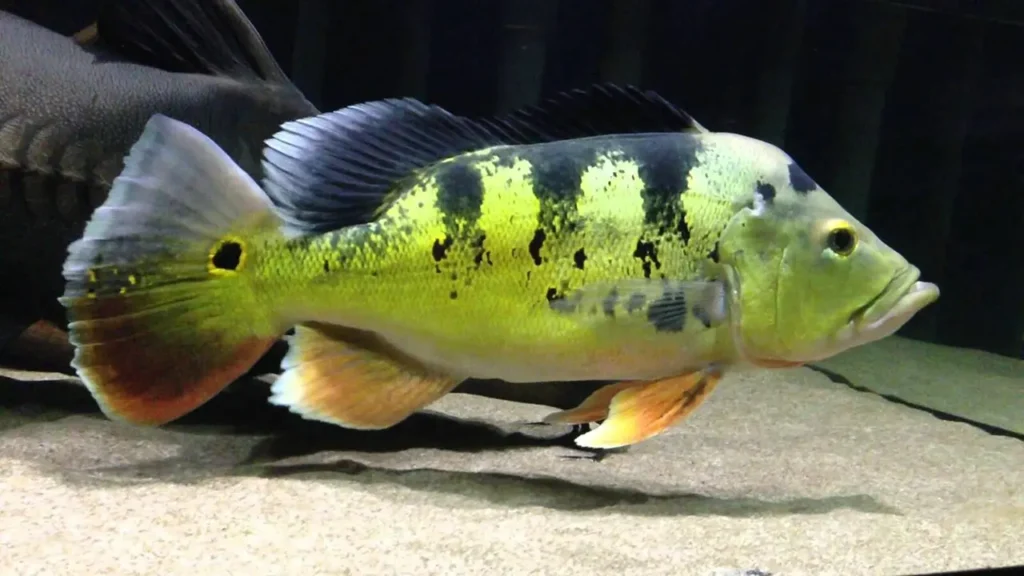
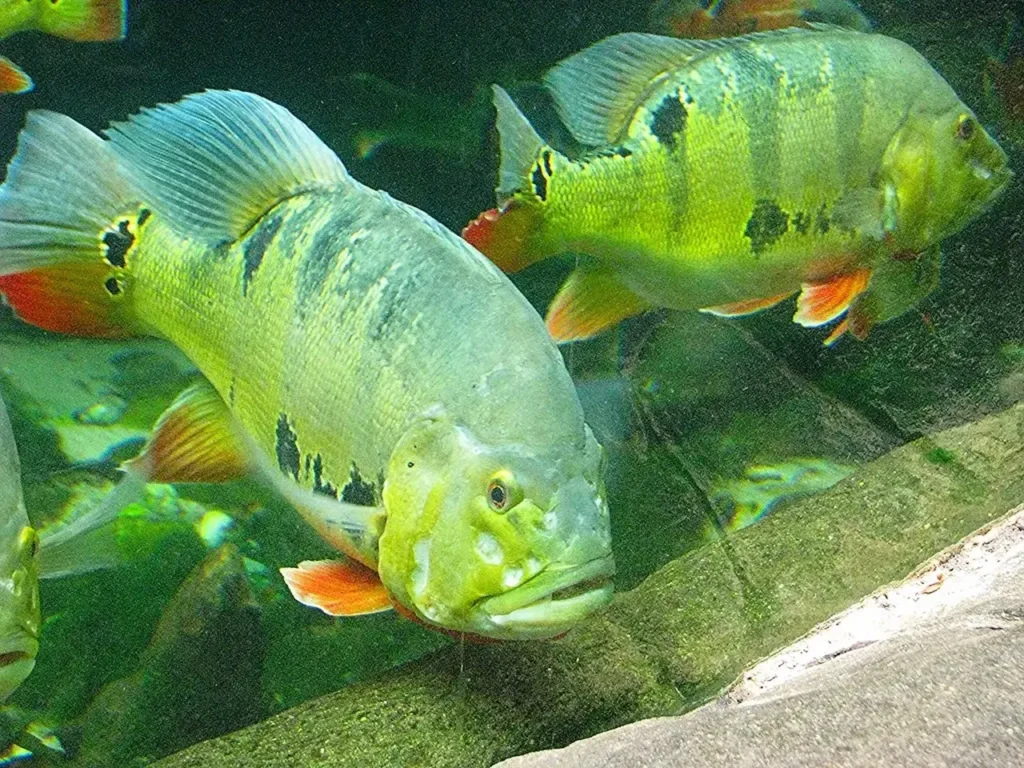
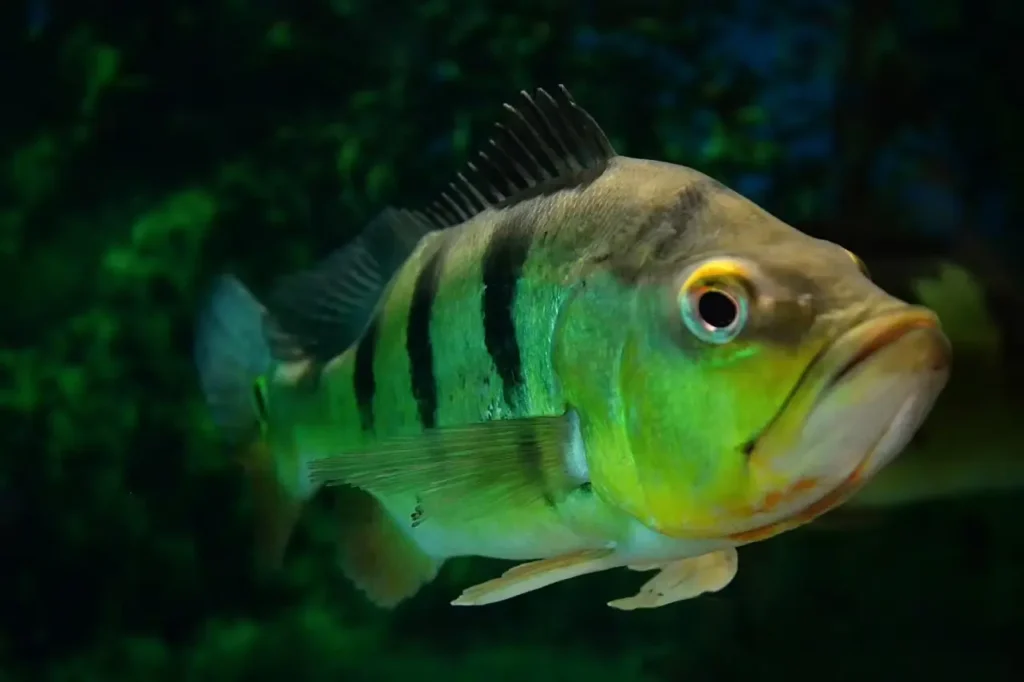
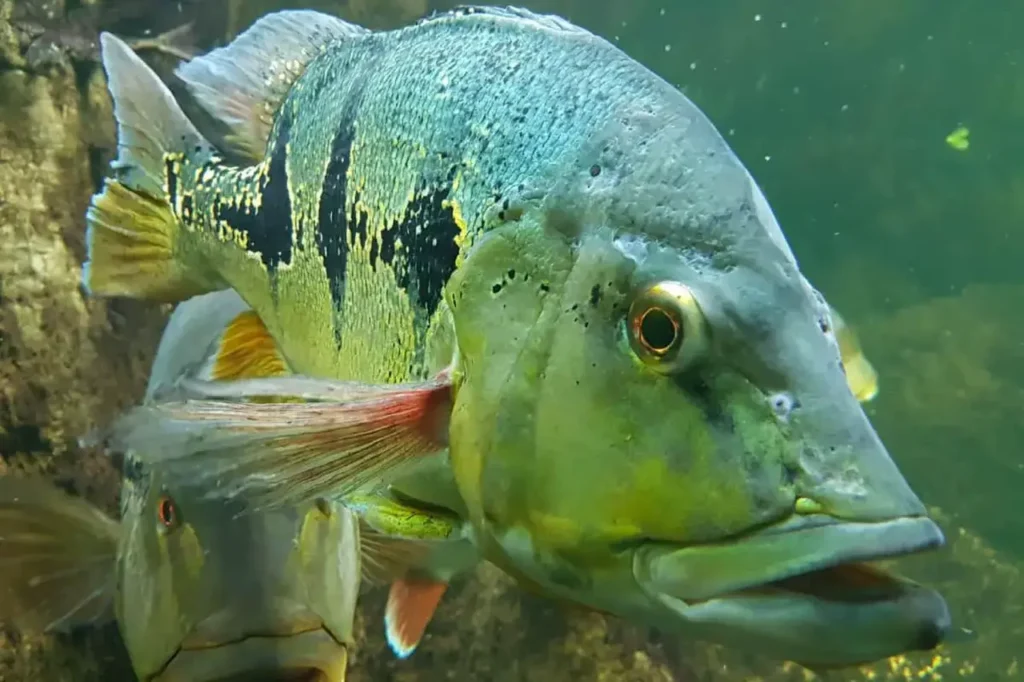
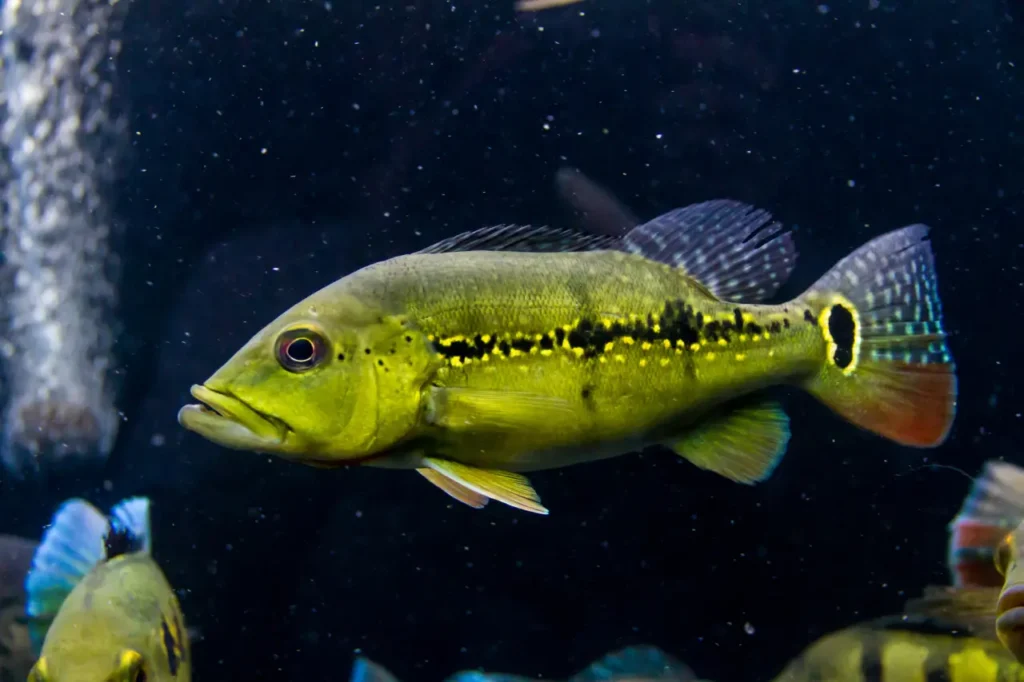
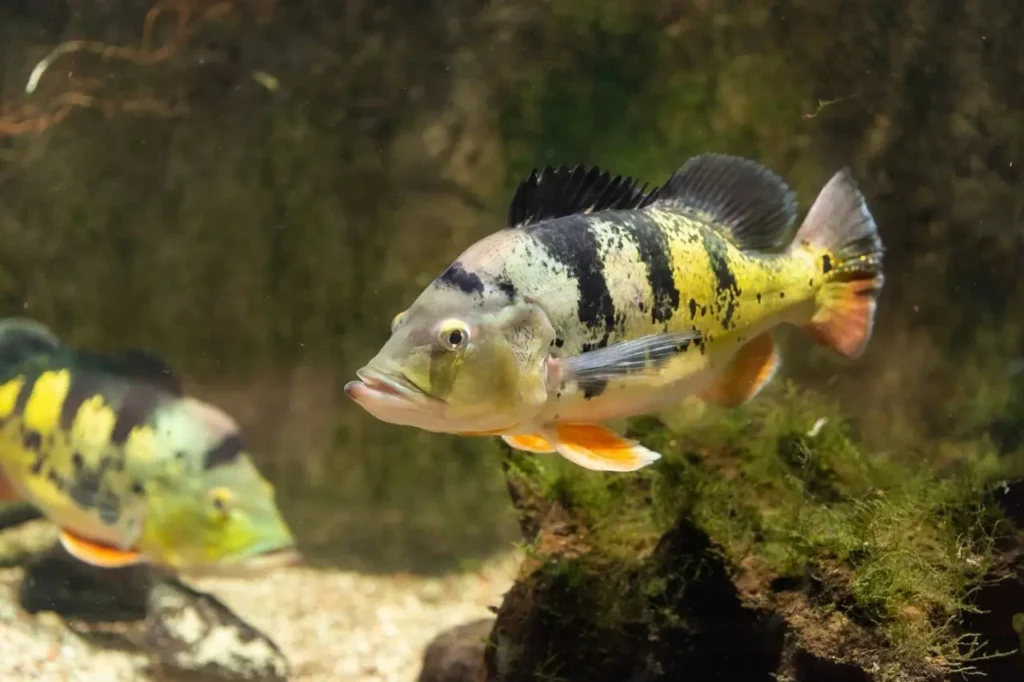
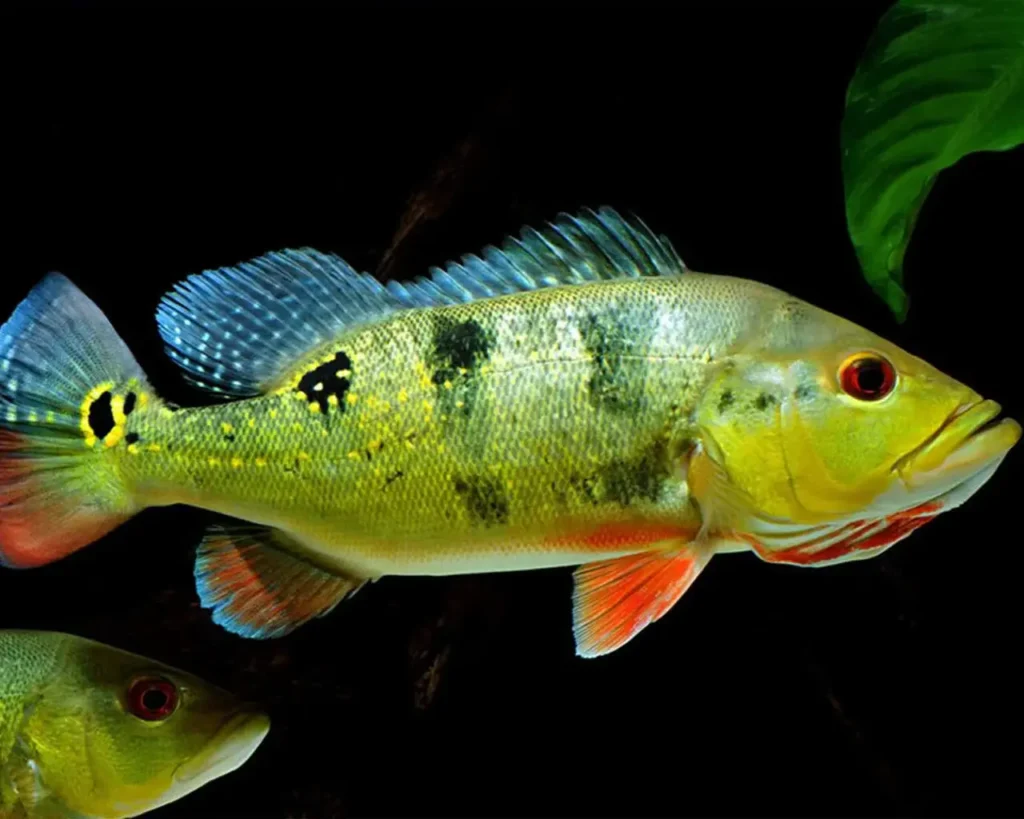
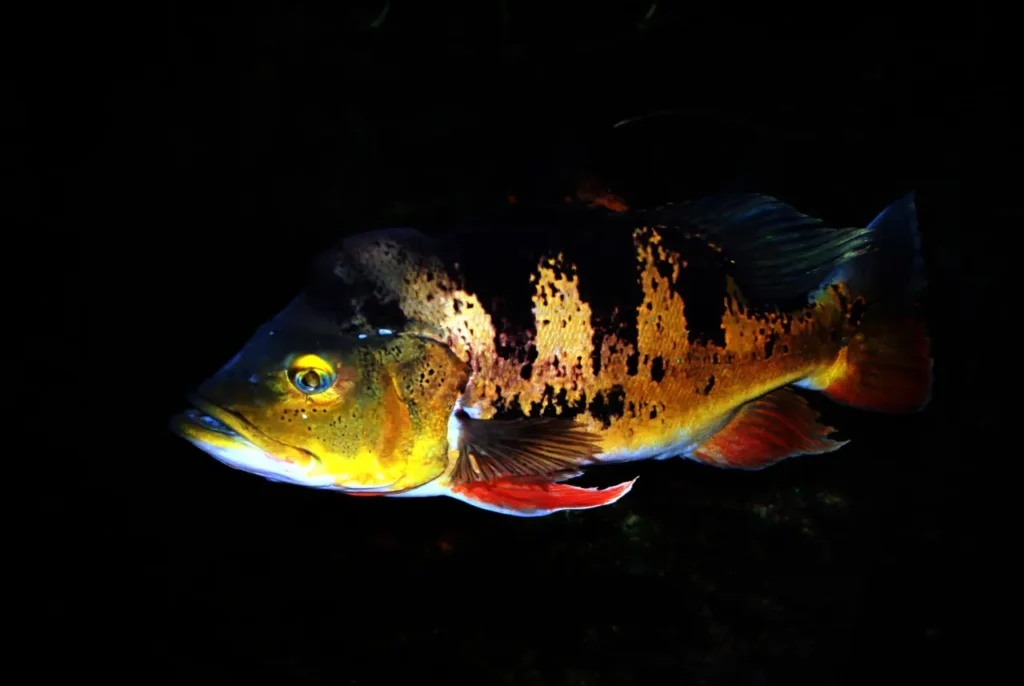
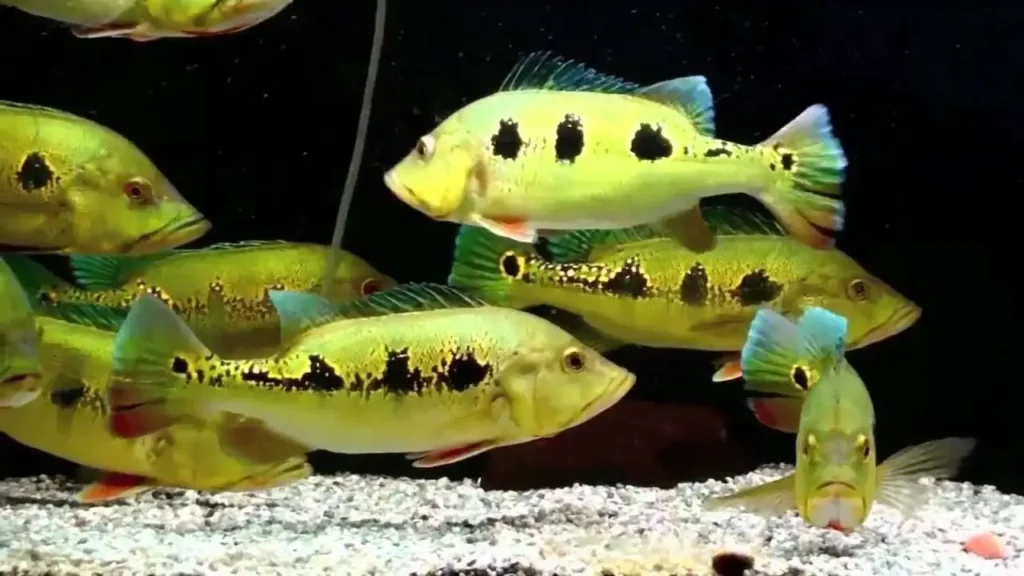
Appearance and Species
Peacock Bass, scientifically known as Cichla spp., are a group of predatory fish known for their stunning appearance. They exhibit a range of vibrant colors and intricate markings, reminiscent of the magnificent peacock’s plumage. Their bodies are robust and muscular, with large mouths filled with sharp teeth designed for capturing and subduing prey. Various species of Peacock Bass exist, including the Butterfly Peacock Bass (Cichla ocellaris) and the Speckled Peacock Bass (Cichla temensis), each displaying unique patterns and coloration.
Behavior and Huntin
Peacock Bass are renowned for their aggressive nature and voracious feeding habits. They are skilled predators, targeting a wide range of prey, including smaller fish, crustaceans, insects, and even small birds or rodents that venture near the water’s surface. These powerful fish use their speed and agility to ambush prey, launching swift and decisive attacks. They are known for their acrobatic jumps and powerful runs when hooked, making them a prized catch for anglers.
Habitat and Distribution
Peacock Bass are native to the freshwater systems of South America, primarily found in countries such as Brazil, Colombia, Venezuela, and Peru. They inhabit warm, tropical waters, including rivers, lakes, and reservoirs, with ample vegetation and structure for cover and hunting. Peacock Bass are particularly abundant in the Amazon River basin, where the diverse and dynamic ecosystem provides an ideal habitat for their survival.
Conservation and Sport Fishing
Peacock Bass have become highly sought-after sport fish due to their impressive size, aggressive strikes, and thrilling fights. Sport fishing for Peacock Bass has gained popularity, contributing to the conservation efforts aimed at protecting their habitats and preserving their populations. Responsible catch-and-release practices, adherence to fishing regulations, and supporting sustainable fishing practices are crucial for ensuring the long-term sustainability of Peacock Bass populations.
Ecological Significance
Peacock Bass play a vital role in freshwater ecosystems as top predators. By regulating prey populations, they help maintain a healthy balance within the ecosystem. Additionally, they are an important game fish, attracting anglers from around the world and contributing to local economies through recreational fishing tourism.
Appreciating the Peacock Bass
The Peacock Bass, with its striking appearance and fierce predatory nature, represents the power and beauty of the aquatic world. Its popularity among anglers highlights the allure and excitement of freshwater sport fishing. By respecting their habitats and engaging in responsible fishing practices, we can continue to appreciate and enjoy the thrill of encountering these magnificent fish.
The Peacock Bass, with its vibrant colors, formidable presence, and thrilling behavior, captivates both anglers and nature enthusiasts. Its role as a top predator in South American freshwater ecosystems highlights the delicate balance and interconnectedness of the natural world. Let us celebrate the Peacock Bass and engage in sustainable fishing practices, ensuring the preservation of this extraordinary fish for generations to come.
